Gelert's grave - a noble friend killed for a crime that did not happen (10 photos + 1 video)
A tiny village in Wales is named after a noble medieval hound who was killed for a crime he did not commit. 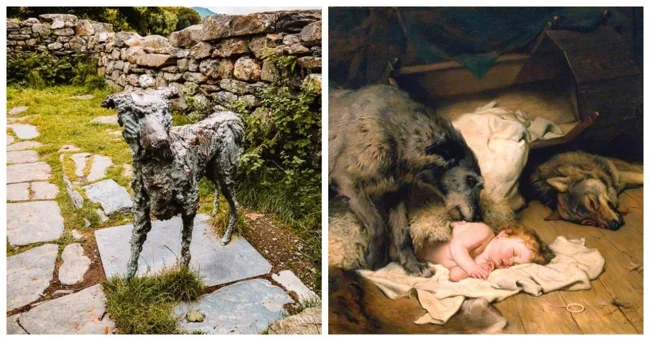
Charming and touching, Beddgelert is a village in North Wales nestled in the Snowdonia mountains. The small village lays claim to being named after a legendary and noble hound named Gelert and his story, which dates back to the hoary medieval times. The story is a well-known, popular and beloved variation on a folk tale from many cultures. The protagonist is a loyal and devoted dog who is accused of taking a life. 
Beddgelert
The legend of Gelert is so deeply rooted in the area that in the late 18th century, this Welsh village named itself after the dog (Beddgelert means "Gelert's Grave"). Although it is common knowledge that the village and its name are much older (derived from the name of an early Celtic saint), it is unofficially believed that the name comes from the story of the royal dog and his heroic and tragic end. 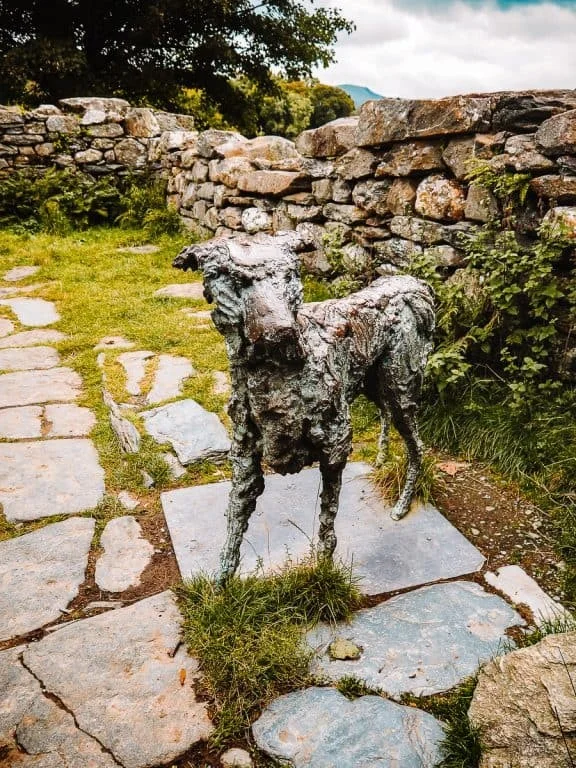
Gelert Statue
An engraved plaque in English and Welsh at the designated (and likely entirely fictitious) burial site tells of Gelert and his master, a Welsh prince known as Llewelyn the Great: 
In the 13th century, Llywelyn, Prince of North Wales, had a palace at Beddgelert. One day he went hunting without Gelert, his "faithful hound," who was inexplicably absent. On Llywelyn's return, the truant, covered in blood and stains, ran out joyfully to meet his master. The prince, alarmed, hurried to find his son, only to find the baby's crib empty and the bedclothes and floor covered in blood. The enraged father plunged his sword into the hound's side, thinking it had killed his heir. The hound's dying cry was answered by the child's scream. Llywelyn searched and found his boy unharmed, but nearby lay the body of the mighty wolf that Gelert had killed. It is said that the prince, overcome with remorse, never smiled again. He buried Gelert here. 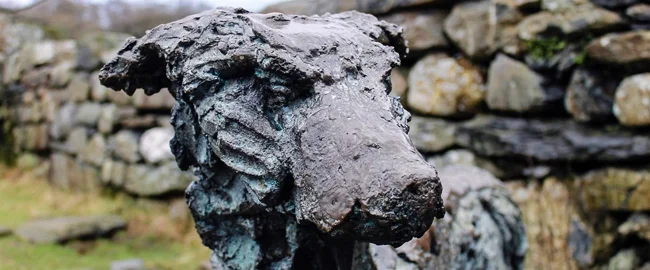

Fake grave dog 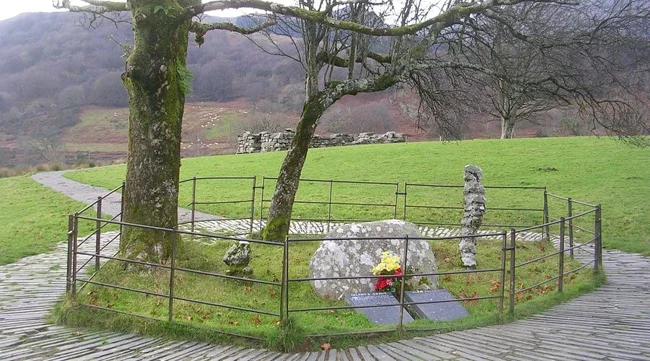
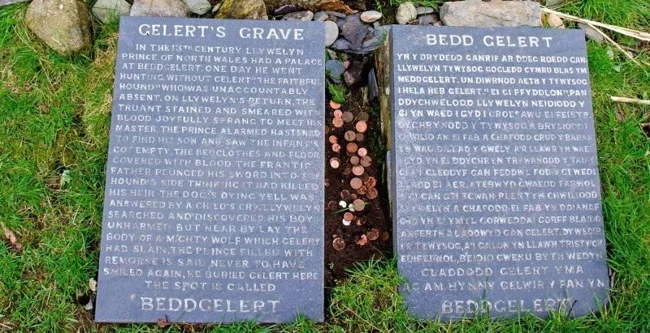
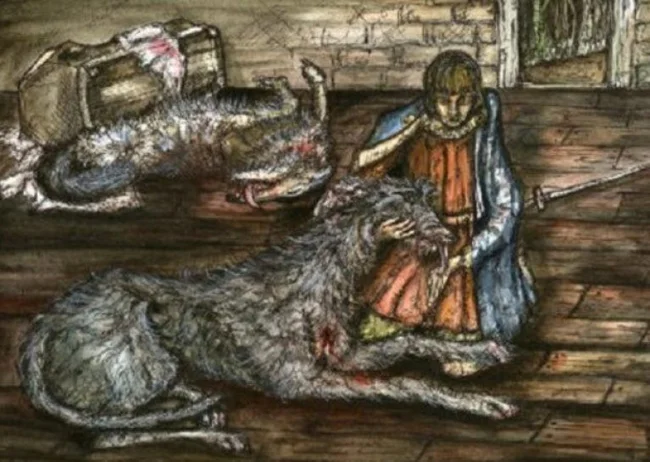
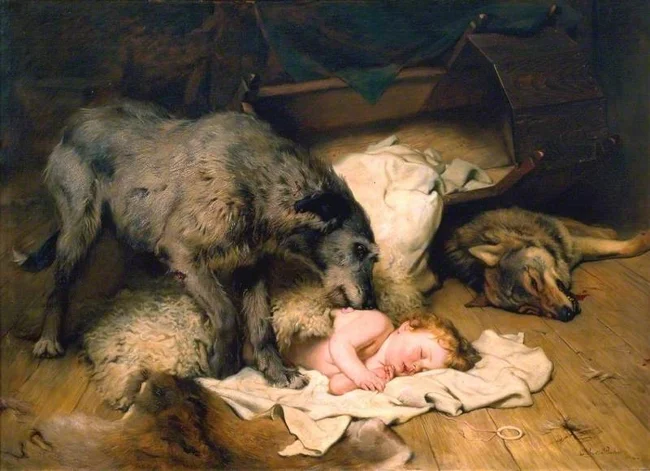
Painting "Gelert" by Charles Burton Barber






























